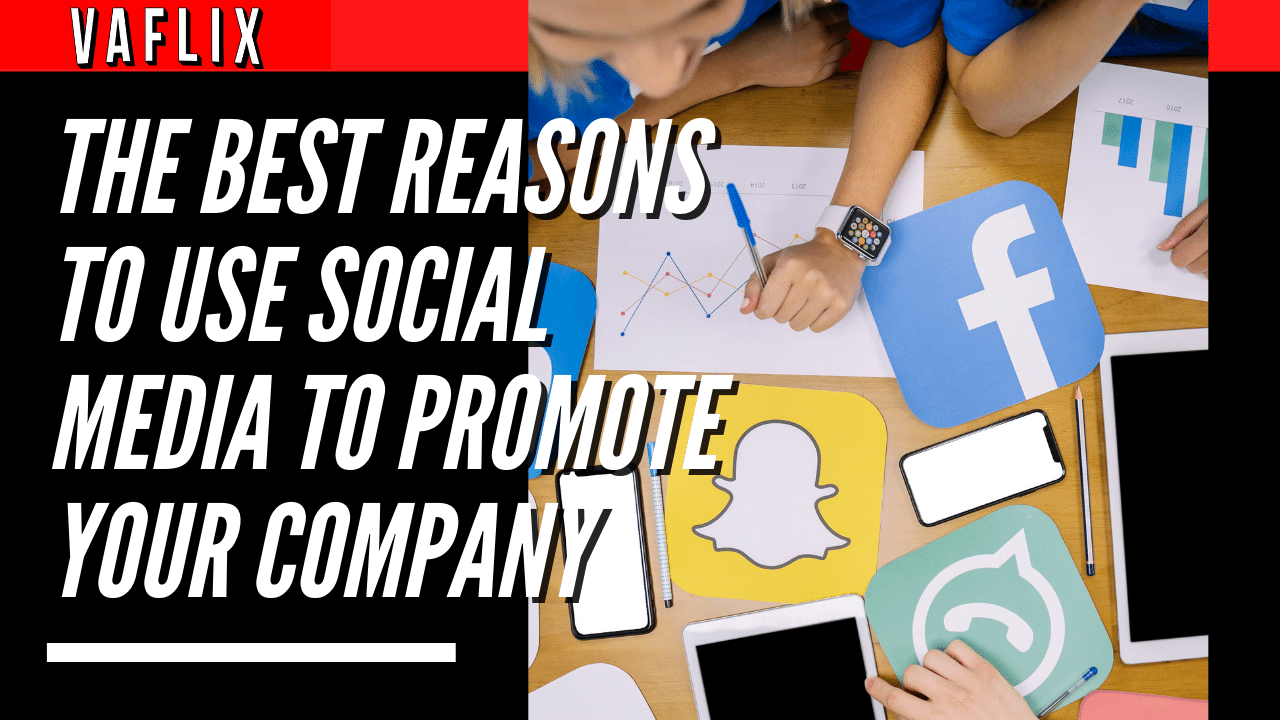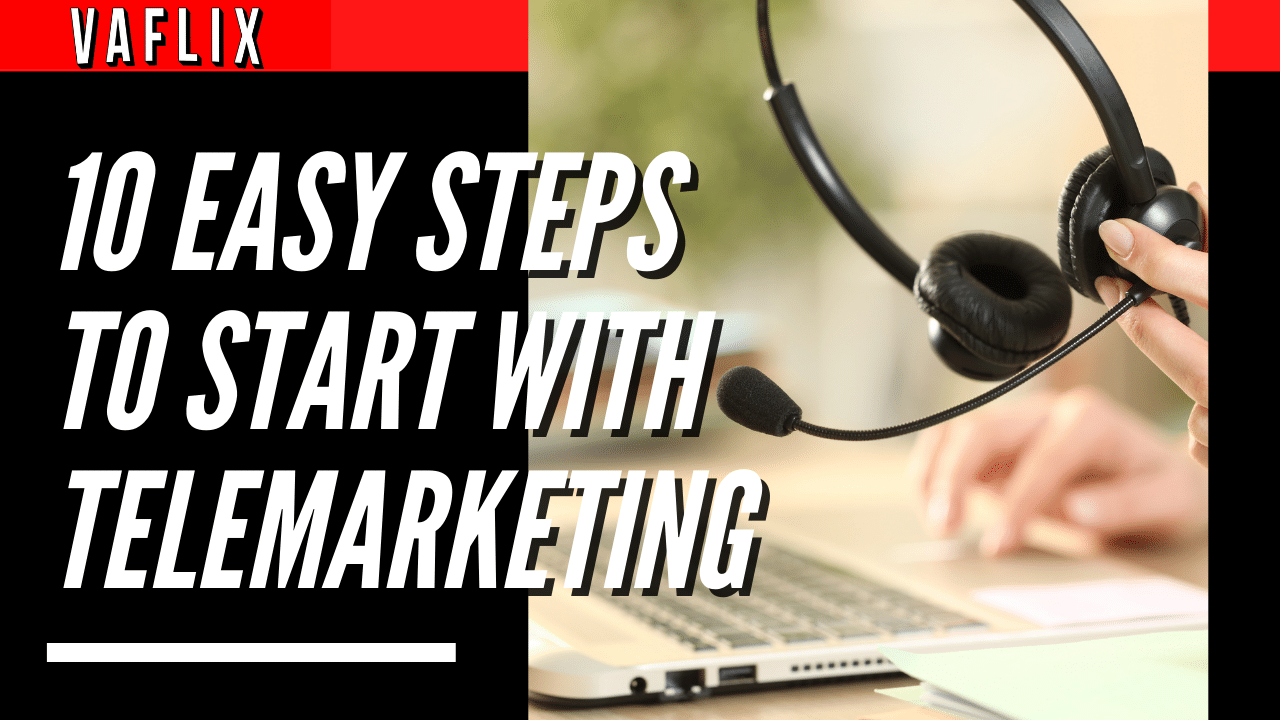Top Tips for IT Outsourcing in 2022
IT Outsourcing Tips for 2022
Outsourcing is very common in the world of business. Because, after all, it’s often better to hire a person or a group of people for the hours you need than to hire a full-time worker. IT outsourcing is very popular because every business needs some kind of IT. As businesses grow, they have more and more needs, which makes it hard to manage everything in-house.
IT needs to vary from one business to another, so no single solution works for everyone. It’s important to look at your own situation to make sure you’re making the right decisions.
1. Decide if Outsourcing is the best choice for you.
When it’s the right thing to do, outsourcing IT can help you stay ahead of the competition by streamlining processes, increasing productivity, and improving security. However, there are both good and bad things about IT outsourcing, so you’ll have to decide if it’s right for you.
The first thing you need to do is figure out what IT services your business needs. This could be a specific skill or technology, or it could be the chance to free up your team for other things to work on. Consider whether all of these things make outsourcing worth it. To get a lot done, you might want to hire someone. Instead, you could hire someone or a group of people (perhaps to work from home) to do some IT work and outsource the rest. Think very carefully about what would be best for you right now and in the near future, both now and in the near future.
2. Make a List of Your Goals
You should know what you want to do when you hire someone else to do your IT. The goal could be to save money, improve the quality of service, or do something more specific, like make a new product. Also, figure out how you’ll measure performance and how you’ll know the IT provider is on track to meet your goals.
3. Decide the Size of the Project You Are Working on.
People who do work for you outside of the company you work for will need to know what you want before they start. It’s always a good sign when a contractor asks a lot of questions about your business, the projects, and what you want to happen. Contractors can make sure they can meet your needs and expectations before agreeing to work on your project.
These questions aren’t easy to answer. To do this, you’ll need to know what your project is all about from the start. Try to be as real as possible. You may want to finish the project and start seeing results right away, but if you don’t take into account the complexity of the project, you’ll be disappointed and could fall behind on other work that needs the project to be done on time. Plus, only when you are honest about what you want can a contractor give you an accurate proposal.
4. Decide how much you can spend.
As a result of outsourcing, you should save money, but you still need to be careful about your money. After all, any type of outsourcing is an investment, and it could take a while to see a return on the money you put in. Finally, don’t choose the cheapest option that you can find because that’s the last thing you want to do. A good chance is that such a service won’t be very good, which makes it more difficult to reach your goals.
5. Find the right provider for you.
In this case, the provider must be right for you. As long as the service isn’t what you’re looking for, this is not very useful. Take the same amount of time looking at each company as you would if you were looking for a job at your company. Onshore vs. offshoring (working with people in the same time zone vs. cheaper prices) is an important thing to think about. You might also send a request for information to all the providers on your shortlist.
People who are the best for you will have worked on projects that are similar to yours and with businesses that are similar to yours. If you look at providers’ portfolios, you can be sure this is true. You might even be able to get a simple mockup of your project from them. Also, ask for references and talk to people who have worked with the contractor to find out what they think. Some clients should have worked with the provider for a long time, which shows that the contractor can keep working with them for a long time.
As the last thing, look for service providers who can make things as unique as you want. Because there’s no one-size-fits-all when it comes to IT, it’s important that a contractor can make a service that fits your needs.
As the last step, find out about security rules. People who work for you will need to know that the contractor is acting responsibly with your information, such as only giving access to people who need it and taking steps to protect it from being harmed. They will be certified to ISO/IEC 27001.
6. Make sure you understand the contract.
Be clear about what you agree to before you sign a contract with any IT company.
Check out the exit terms. It doesn’t matter if everything goes well right now and you decide to keep working with the contractor for a long time. There is likely to come a time when you decide to go in a different direction. You might need more services as your business grows, or you might decide to do more of the work yourself and keep more IT in-house.
Another important part of the contract is having a clear scope. This way, the contractor won’t say that parts of the job were yours and ask for extra money to finish them.
Finally, make sure the contract says that you own the work and its parts, and that you can use the work in any way you want. If you end the contract and find out that the contractor owns your project, you’ll have a hard time.
7. Make a List of Things You’ve Done.
Ideally, you should look for a contract where the provider agrees to pay when certain goals are met. In this case, you will be able to pay only when the contractor has done what you want. A typical contract for IT outsourcing will ask you to pay 20% to 30% upfront, and the rest over three or four stages.
8. Do a Small Project First.
Even if you want to outsource a lot of things to an IT company, it’s best to start small. This will give you time to learn how to work together and see if you want to keep dating.
9.Make sure your team is ready for the partnership.
A new IT company could be very disruptive to your team when they start working with your company. It’s important to prepare your team for these changes as soon as you decide to hire someone else. It’s a good idea to talk about how some people’s jobs might change, and emphasize how it will be good for everyone. For example, you can focus on core work, be more efficient, and have better business results. As a project manager, this person will act as a bridge between your team and the IT company.
10. Keep Good Communication.
Keep the lines of communication open with the contractor as you work together. With that said, you’ll want to keep some control over your IT, even if you don’t want to micromanage too much. This is because contractors do better work when their clients trust them. From the beginning of your project, you should figure out how you’re going to communicate with each other. This includes who will be your point of contact, what communication methods you’ll use, and how often you can expect progress reports.
11. Keep Outsourcing Support.
In some cases, even if you only need an IT contractor for one project, you may need to keep your relationship with the provider to get help. For example, you might be able to get this help for free or at a lower rate than the contractor charges for other services.
12. Keep It Simple.
Keep in mind that IT providers may try to sell you extra services, which could make you take on more than you planned. For now, you should only pay for what you need from the project scope. If you later decide that some services could be useful, you can always add on some extra services that you might need. However, these should all be services you’ve found useful and not ones your provider wants to sell you.
IT isn’t the only thing you can hire someone else to do. Many small businesses, on the other hand, are finding that it’s not worth hiring employees for a lot of different jobs. The best way to save money is to hire one person to do all of your extra tasks, and that’s what you’ll get with a virtual assistant. To get even more benefits, choose VA FLIX. You can add an extra virtual assistant when your workload gets too much, and you can use our extended team of specialists. To get 10% off all of our services, set up a meeting.



















